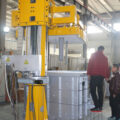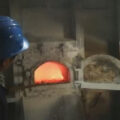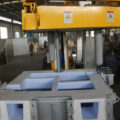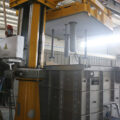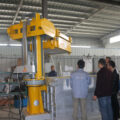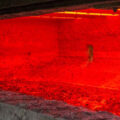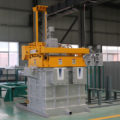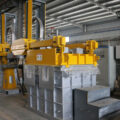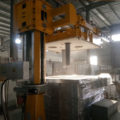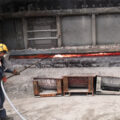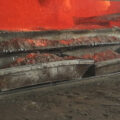Degassing technology is one of the main components of quality assurance in foundry industry. The quality of cast material depends largely on the number of defects. One of the main defects in near net shape casting is porosity.
When melting aluminum scrap, the process of Degassing Technology is very important to produce high quality aluminum castings.
Hydrogen is introduced by water. Excessive hydrogen will produce porosity and overall shrinkage, which will have a negative impact on the mechanical properties of finished aluminum. It is important to remove excess hydrogen during melting and casting.
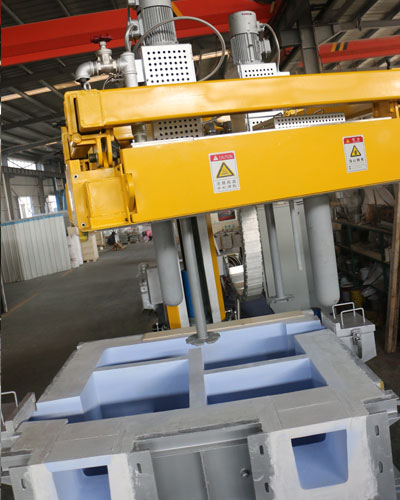
Degassing Technology
Inert gases, such as argon or nitrogen, may be introduced into the molten metal to remove hydrogen. When the inert bubble moves upward through the molten aluminum, hydrogen diffuses into the inert bubble and disappears. Traditional degassing systems limit mixing, especially at the bottom, which requires higher velocity, which results in greater surface turbulence. The bubble is larger, and it takes a longer time for degassing to obtain the desired results. The furnace requires excellent bubble shear and dispersion, longer bubble residence time in the metal, complete molten metal cycle, non-clogged rotor, and higher thermal shock resistance. In addition, they want to use less inert gas in the process.
The degassing system achieves better degassing effect with less time and less overall cost. The unique rotational motion of the rotor head cuts bubbles to prevent gas from rising. The ingenious rotor pushes the metal outward and pulls it out from the bottom to improve the flow, thus increasing the reaction surface area.
AdTech researched degassing technology and produced online degassing unit. The online degassing unit has dual functions: processing and heating. It can remove hydrogen (H) and slag from molten aluminum. Otherwise, they will affect the quality and mechanical properties of the alloy. The online degassing unit has dual functions: processing and heating. It provides purification for high precision molten aluminum. For example, computer HD, micron aluminum foil blank, PS substrate for printing, landing gear, jet turbofan blades, etc.

